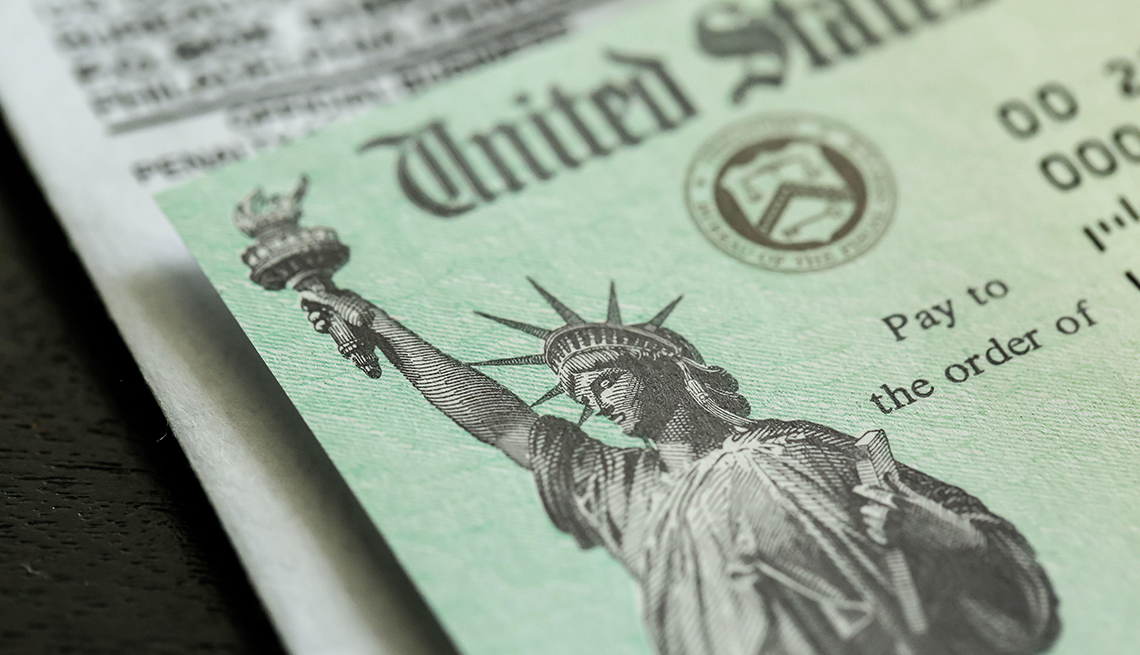Staying Fit
To aid families that continue to struggle financially during the COVID-19 pandemic, Congress passed a new $900 billion economic stimulus bill on Dec. 21. In addition to expanded unemployment benefits and funding to assist renters who face eviction, the bill will issue economic impact payments — also called stimulus checks — of up to $600 to eligible individuals. President Trump signed the bill into law on Dec. 27.
The criteria for who gets a payment and when the payments go out are similar to those used earlier this year for the first round of stimulus checks issued through the CARES Act. However, there are also significant differences. Here's what you need to know about the second batch of stimulus checks.


AARP Membership— $12 for your first year when you sign up for Automatic Renewal
Get instant access to members-only products and hundreds of discounts, a free second membership, and a subscription to AARP the Magazine.
How much will I get and who is eligible?
The maximum amount for this second round of stimulus checks is $600 for any eligible individual or $1,200 per eligible couple who file taxes jointly. For a family of four, that would include $600 for each eligible dependent, or $2,400 in total. (In the first round, adults were eligible for $1,200 and dependents were eligible for $500.) Individuals who reported adjusted gross income (AGI) of $75,000 or less on their 2019 tax returns will receive the full $600 ($150,000 or less AGI for couples filing jointly; $112,500 or less for heads of household). For people who earned more than those amounts, the size of the check will gradually decrease by $5 for every $100 earned over that threshold.
You can figure out the size of your payment by using AARP’s Second Stimulus Check Calculator.
Because the maximum size of a stimulus check this time is half the size of the first round, some people who earn more than $75,000 per year and got a check in the spring may not get one in the second round. Roughly estimated, individuals who earned more than $87,000 in 2019, couples that made more than $174,000, and head of households who earned more than $124,500 may not get payments in the second round.
This second round uses similar criteria to determine which dependents are eligible. That means only children age 16 and younger claimed on a 2019 tax return qualify. But this time, each eligible child dependent will receive a payment worth $100 more than the first round. Adult dependents are not eligible for a stimulus check if they were claimed as a dependent on a 2019 tax return.
For this second round, if you earned significantly less in 2020 than you did on your 2019 tax return, you could be eligible for a refundable tax credit for the amount you should have received for your second payment when you file your 2020 tax return.
There also is a change that could make some people who weren't eligible for a stimulus payment last spring eligible for one in the second round. To get a payment the first time around, you had to have a Social Security number. But this made some households ineligible if, for example, couples filed taxes jointly but one spouse didn't have a Social Security number. This time, a spouse with a Social Security number filing jointly could get a $600 payment even if the other spouse doesn't have a Social Security number. A child with a Social Security number is eligible for the $600 even if a parent doesn't have a number.


































































